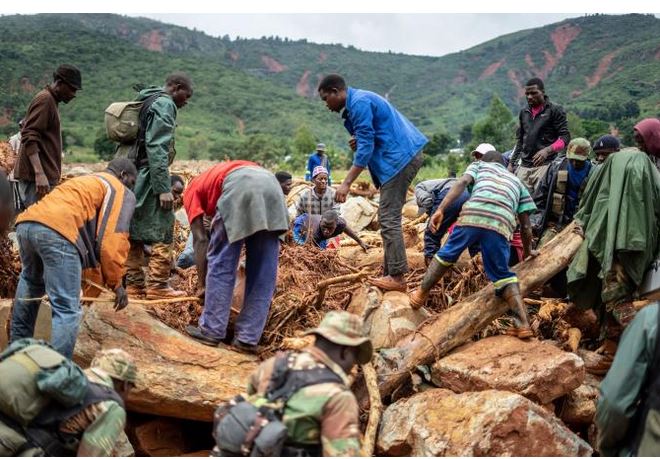
Tropical Cyclone Idai recently formed and moved over the Mozambique Channel before making landfall over Mozambique and causing devastation to coastal areas. To help understand the cyclone’s path, National Geographic reached out to UF’s Dr. Corene Matyas. Here’s what she had to say:
Mozambique averages about 1.5 tropical cyclones a year and, although rarely more powerful than Category 2, they can cause a lot of damage, said Corene Matyas, a tropical cyclone researcher at the University of Florida.
Flooding is the main problem affecting most people from the storms. With climate change the atmosphere now holds more moisture (because it’s warmer, on average), and that means there may be more water available for heavy rainfalls, Matyas said.
Cyclone Idai also had a loopy lifespan. It was born March 4th just off the coast in the very warm waters of the Mozambique Channel—a 250 mile-wide arm of the Indian Ocean between Mozambique and the island of Madagascar. Idai came ashore as a weak tropical storm in northern Mozambique and then wandered back out into the channel before doing a u-turn off the western coast of Madagascar March 11. It then made a beeline for its landfall at the city of Beira on the 15th.
“That kind of looping, unpredictable storm track isn’t uncommon for cyclones that start in the channel,” Matyas said.
Read the full article in National Geographic.
If you want to become an expert in weather and climate, check out our Certificate in Meteorology and Climatology.